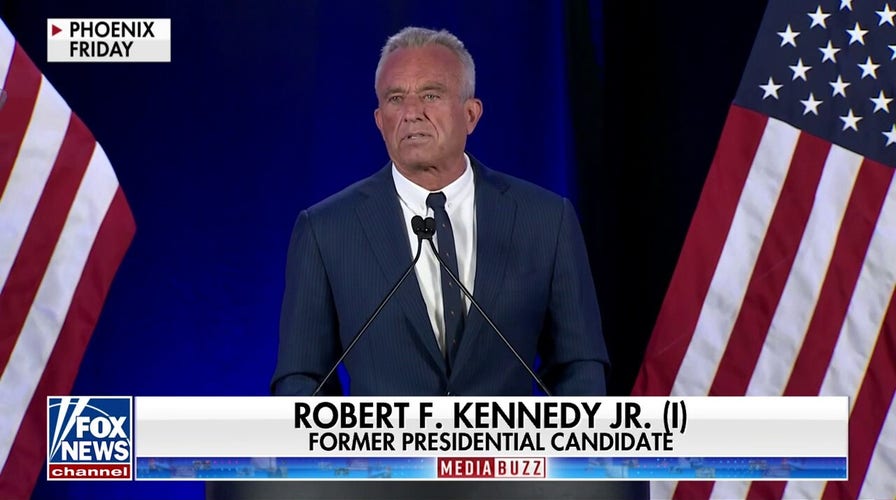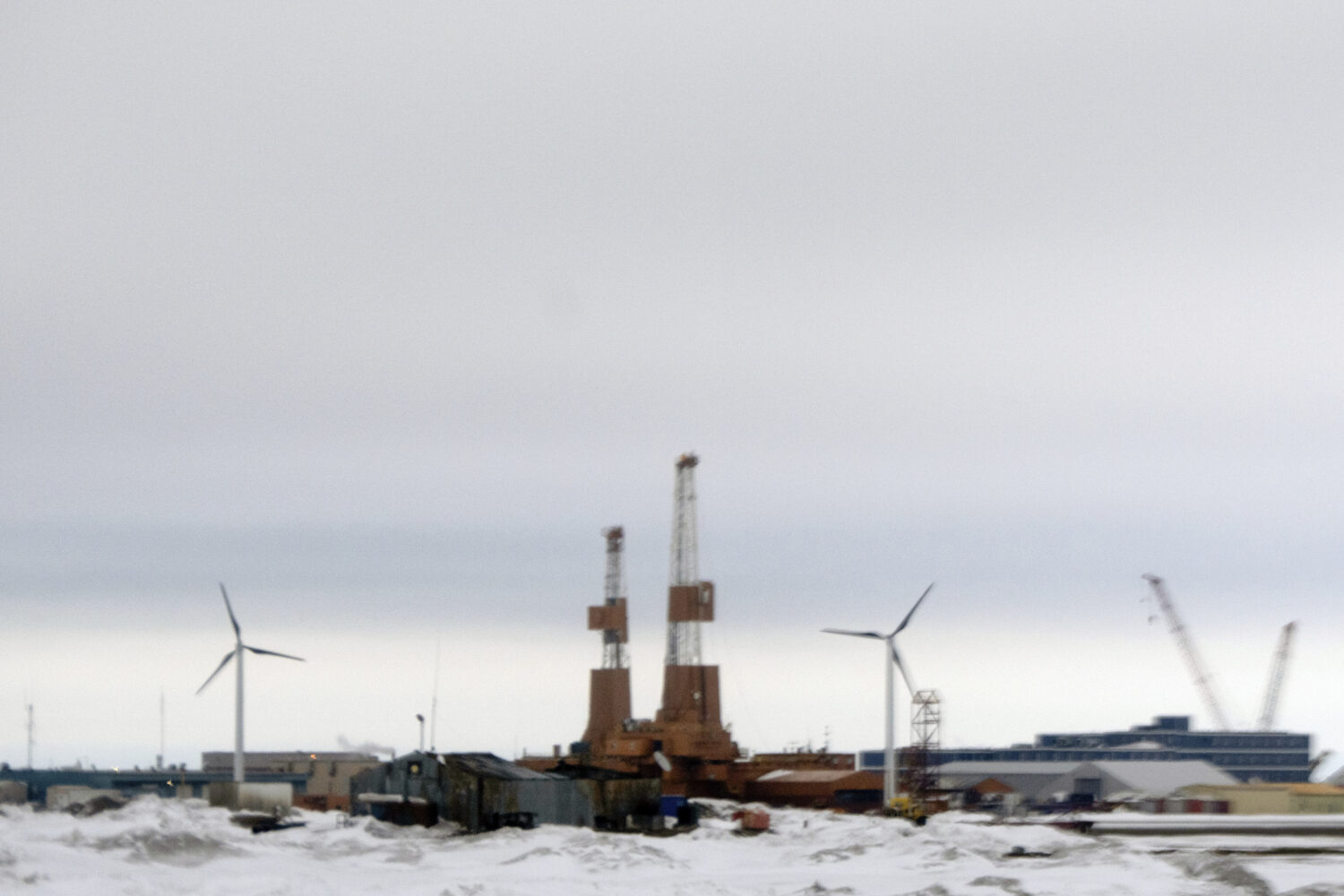California High-Speed Rail Project Faces Uncertainty as Trump Administration Threatens to Withdraw Funding
#california #high-speed rail #trump administration #funding #politics

About the People Mentioned
Trump
Donald John Trump, born June 14, 1946, in Queens, New York, is an American businessman, media personality, and politician who has served as both the 45th and 47th President of the United States[1][3][5]. He is the only president since Grover Cleveland to be elected to two non-consecutive terms, winning the 2016 and 2024 elections and serving from 2017 to 2021, and again from 2025 onward[2][3][5]. Trump’s political rise marked a significant shift in American politics, as he positioned himself as a political outsider and won the Republican nomination in 2016, defeating Democrat Hillary Clinton in the general election[1][5][6]. He was re-elected in 2024, defeating Vice President Kamala Harris, with Ohio Senator JD Vance as his running mate[5]. Before entering politics, Trump was a prominent real estate developer, inheriting and expanding his family’s business into the Trump Organization, which includes hotels, casinos, golf courses, and branded products worldwide[1][3][6]. He gained broader fame as the host of the reality TV show *The Apprentice* from 2004 to 2015[1][5][6]. Trump has authored several books, including the best-selling *The Art of the Deal* (1987)[5][6]. During his first term, Trump pursued a conservative agenda, including significant tax cuts, deregulation, border security measures, and a hardline stance on immigration[1][4]. He appointed three Supreme Court justices and withdrew the U.S. from several international agreements, including the Paris Climate Accord and the Iran nuclear deal, while initiating a trade war with China[1]. His administration’s response to the COVID-19 pandemic was marked by mixed messaging and clashes with health officials[1]. Trump was impeached twice—in 2019 for abuse of power and obstruction of Congress, and in 2021 for incitement of insurrection following the January 6 Capitol attack; he was acquitted by the Senate both times[1]. After losing the 2020 election to Joe Biden, Trump’s refusal to concede and claims of election fraud culminated in the Capitol riot and ongoing legal challenges[1][3]. Trump’s return to the presidency in 2025, at age 78, makes him the oldest person ever inaugurated for a second term[2]. His current administration has pledged to continue his previous policies, emphasizing border security, economic growth, and a rejection of what he terms “extremist” policies from the political left[4]. Trump remains a polarizing figure, with a strong base of support and equally vocal opposition, and his influence on the Republican Party and American politics endures[2][3].
About the Organizations Mentioned
Trump administration
The **Trump administration** refers to the executive branch of the U.S. federal government during Donald J. Trump’s presidency, initially from January 20, 2017, to January 20, 2021, and resuming with his second term starting in 2025. It was characterized by a mix of aggressive domestic policies, significant judicial appointments, and a distinct foreign policy approach that emphasized "America First" principles[4][8]. The administration’s key activities included **tax reform**, notably passing the $3.2 trillion Tax Cuts and Jobs Act, which represented the largest overhaul of the U.S. tax code in decades[5]. Trump also renegotiated trade agreements with major economies including Mexico, Canada, China, Japan, and South Korea, prioritizing bilateral deals over multilateral ones such as the Trans-Pacific Partnership (TPP), which the administration withdrew from early on[1][2]. The administration sought to protect American jobs by restricting cheap foreign labor and influencing agencies like the Tennessee Valley Authority to retain American workers[5]. On the judicial front, the Trump administration appointed over 200 federal judges, including three Supreme Court justices—Neil Gorsuch, Brett Kavanaugh, and Amy Coney Barrett—shaping the judiciary for years to come[4]. These appointments were among the most significant achievements, influencing U.S. law on multiple fronts. In foreign policy, the administration pursued a controversial agenda: it imposed travel bans on several predominantly Muslim countries, withdrew U.S. troops from northern Syria, and supported Saudi Arabia militarily despite congressional opposition related to the Yemen conflict[1][3]. It also fostered new international technology alliances, such as securing commitments from allies to exclude Chinese telecom giant Huawei from 5G infrastructure and signing AI cooperation agreements with the UK[5]. The Trump administration faced substantial political turmoil, including two impeachments by the House of Representatives—first in 2019 over Ukraine dealings, and again in 2021 following the January
California High-Speed Rail
The California High-Speed Rail Authority (CHSRA) is spearheading the development of the United States' first true high-speed train system, designed to connect California’s major population centers with trains operating at speeds up to 220 mph. The project aims to fundamentally transform state transportation by linking mega-regions such as San Francisco, Los Angeles, and Anaheim in under three hours, thereby fostering economic development, creating thousands of jobs, and promoting environmental sustainability by reducing traffic congestion and greenhouse gas emissions[1][3][7]. The rail system is planned in two phases. Phase 1 covers 494 miles connecting San Francisco to Anaheim through the Central Valley, with ongoing construction extending the current 119-mile segment from Merced to Bakersfield to 171 miles. Phase 2 will expand the network north to Sacramento and south to San Diego, including key stops like Stockton, Modesto, and Riverside[1]. As of mid-2025, significant infrastructure progress includes more than 84 structures completed or underway, such as viaducts, grade separations, and bridges. The Tulare Street Grade Separation in Fresno has been finished, improving safety and reconnecting historic neighborhoods near the future high-speed rail station[4][5]. Since its inception, CHSRA has undergone continuous updates to its design, cost estimates, and procurement strategies. The 2025 Project Update Report emphasizes a strategic focus on early commercial viability, highlighting potential operational segments such as Merced to Bakersfield and Gilroy to Palmdale, with ongoing collaboration among regional partners[2][6]. The project is the largest infrastructure initiative in the U.S., with a $3.9 billion contract for key segments managed by leading construction firms like FlatironDragados. It encompasses complex engineering feats including over 60 grade separations and extensive utility relocations, illustrating a significant technological and business endeavor aimed at reshaping California’s transportation landscape[3][5]. In summary, the California High-Speed Rail Authority i







